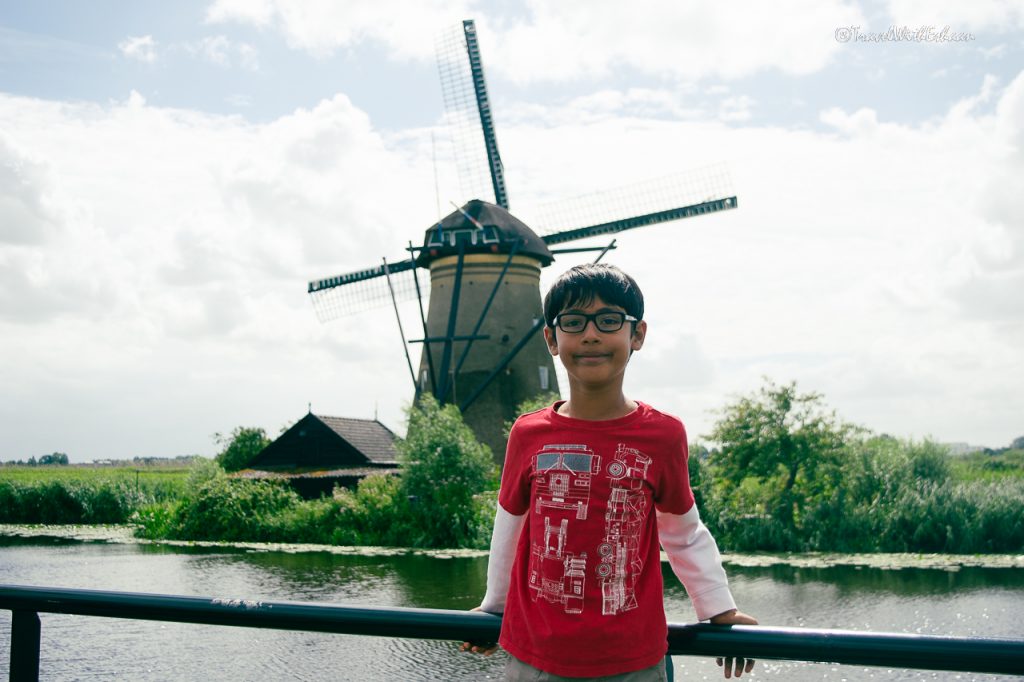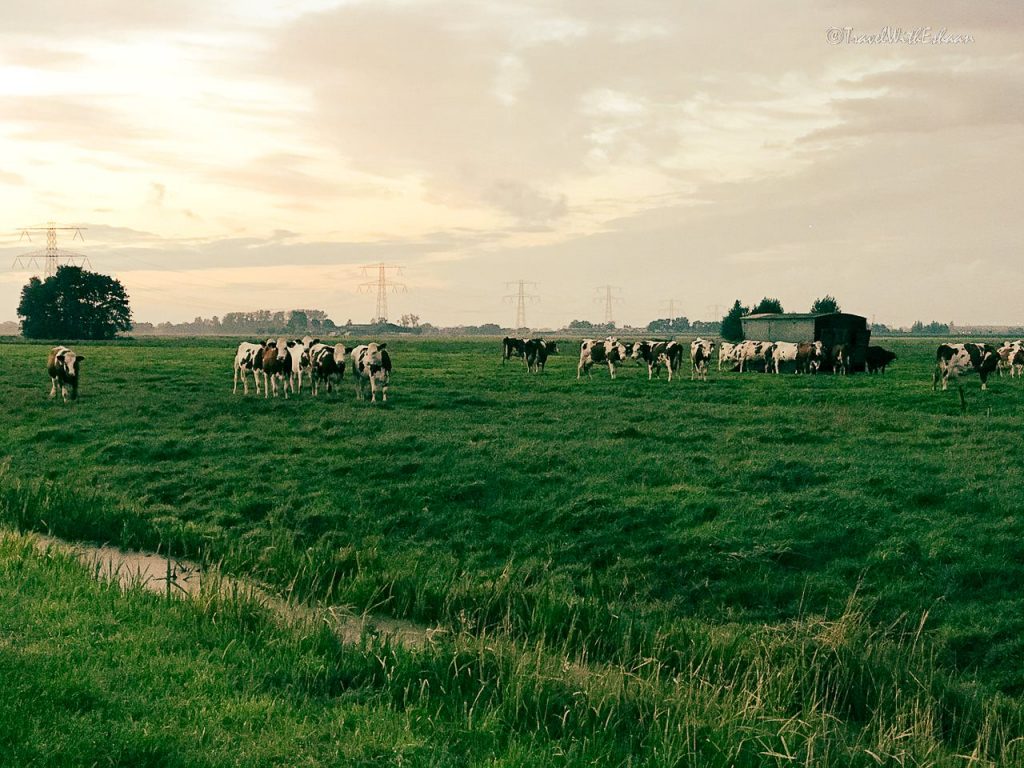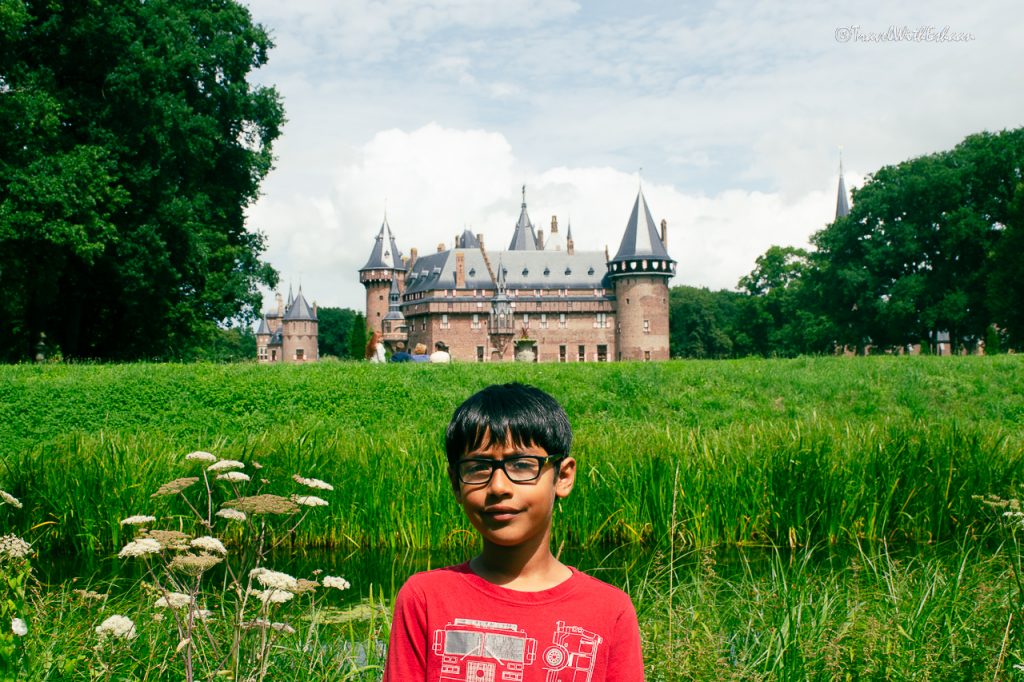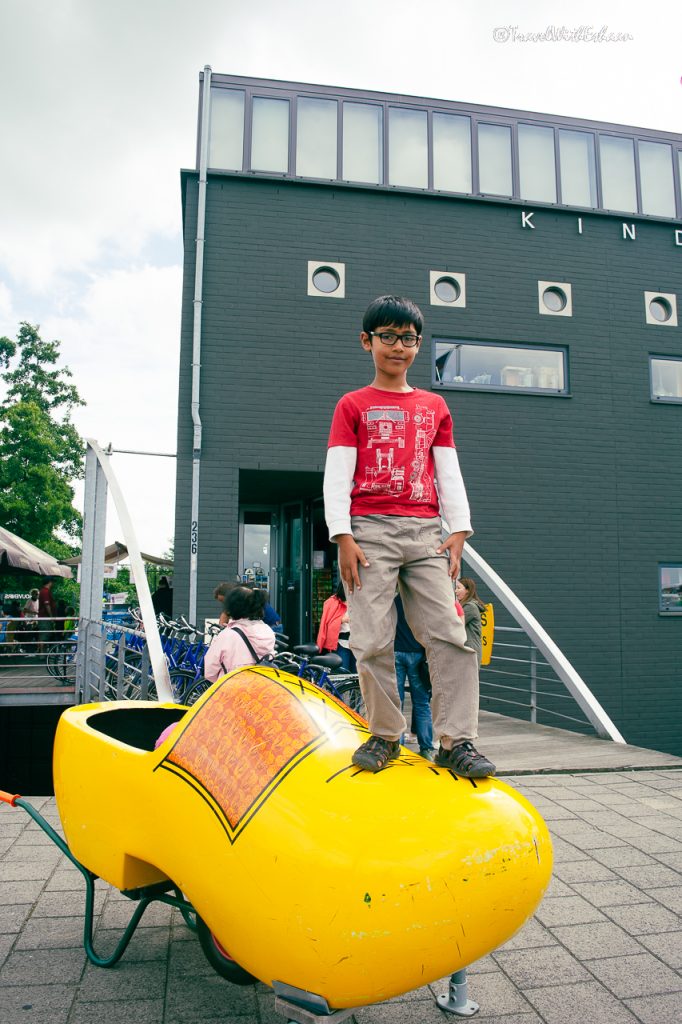
Rural versus urban, old versus new. We traveled to two different countries when we visited the Netherlands. Our Airbnb was located in a farm, as we wanted to experience rural life, but we were also visiting Amsterdam and Rotterdam, some of the most modern cities in the world. We arrived from a long day in Belgium, and although it was already dusk, it was still light enough for us to explore the farm. It was a dairy farm mainly, and so cows roamed around, eating grass. We also saw the irrigation system of the farm, which siphoned water from a large stream to smaller ones.
The next day, we set off for Amsterdam, which was around an hour away. The ride was great for sleeping though: it was insanely flat. We also saw how land reclamation had an impact on Dutch geography. Many places looked like they were on solid ground, but just a few hundred feet away, you might see a swamp. We arrived in the Netherlands, and parked near the Amsterdam ArenA (I don’t know why the A at the end is capitalized), where Ajax plays. If you’re a fan of Dutch soccer, then you might want to visit it. The arena’s architecture is quite interesting too. The arena itself looks like an elongated flying saucer, while is bounded with a colorful building which says “Decathlon”. It sort of resembles the Dutch houses you might see in old Amsterdam, but colored with the whole rainbow of colors, and all in one building.
For a stark contrast to the unorthodox architecture in the stadium, we took a train to the old town. Our first stop was a canal ride. The canals of Amsterdam were built during the Dutch Golden Age (1600s), and they increased trade within the nation. We took a canal tour, which gave us a lot of information about the canals, and passed by some really nice Dutch buildings, such as the Montelbaanstoren (I didn’t learn the name until after the trip), which was used for the defense of the harbor. It looks like a lighthouse with a really fancy dome.
The canal ride was definitely worth the time, and as an added bonus, we got to see the modern Amsterdam Port, which is the second largest port in the Netherlands after Rotterdam Port (which is the largest port in Europe because of its connection to the Rhine and Danube rivers), and the fourth largest port in Europe. We also saw A’dam Lookout, which is possibly the weirdest example of modern architecture in Amsterdam. It looks like the building had a hinge, and that someone turned it 45 degrees. It really shows how much architecture has evolved.
Finally, our tour ended. We had seen old and new, big and small, many bridges, and a lot of beautiful buildings. Our next stop would be Rijksmuseum. Rijksmuseum (pronounced Risks-museum) is an art museum related mainly to Rembrandt and Vermeer, some of the biggest painters of the Dutch Renaissance. We decided not to go inside the museum itself. That would take too long. Instead we took photos in front of the “I Amsterdam” sign in front of the building, which was taken down in 2020. It was a cool attraction, and I really had fun climbing the letters.
After that, we returned to the Airbnb. The next morning, I was woken up at 5:00 AM. Why? To milk the cows. My dad booked a session to milk some cows, and it was pretty cool. First, we had to get into a one piece jacket and pants, so we didn’t get dirty. Then we walked across the fields, and got to the cows, who smelled horrible. I could smell the manure from literally a hundred feet away. Then we directed the cows toward the milking station, which was basically a pair of small hallways which could hold two cows each. Then the owner of the farm cleaned the udder, and used a machine to milk the cows, which could give up to 40 liters of milk a day.
After that first-hand experience, our first stop that day was the Kasteel De Haar. Located in Utrecht, the castle is a little smaller than the typical castle, at around the size of a modern mansion, but it has some great architecture, and looked like a downscaled version of Hogwarts in a way. We then went to Kinderdijk, a small town famous for its windmills. Personally, I wasn’t really the biggest fan (it was literally a windmill), but it was a popular tourist destination.
After that, we went to Rotterdam. Rotterdam was almost completely destroyed during the Second World War, and because of this, it is now one of the most modern cities in the world. Unlike in Amsterdam, there seemed to be a taboo on the idea of “old”. The architecture ranged from the average Manhattan skyline to floating, rotating cubes. They seemed to have reinvented the norms, what was an unusual building in Amsterdam was just normal in Rotterdam. It was the definition of “city of the future”. Truly an unusual place.
And with that, our trip to the Netherlands ended. We saw the life of a farmer in the rural Netherlands, experienced the hustle and bustle of Amsterdam and Rotterdam, and looked at the windmills of Kinderdijk. It was truly an experience in contrasts.
Tips:
- Biking: If you go on a biking trip anywhere, make it in the Netherlands. It is flat.
- Architecture: If you like modern architecture, Rotterdam is the right city for you.



